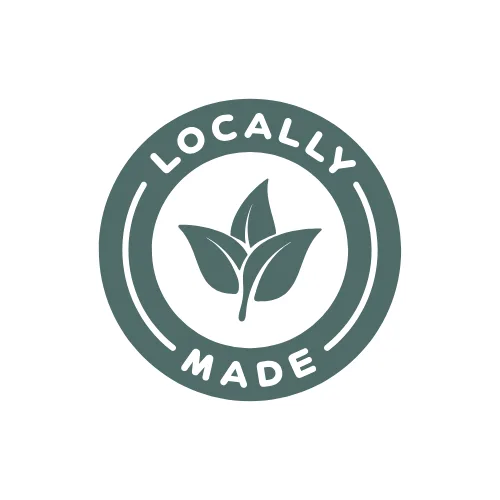June 14, 2016
 A garden shed is an important component of your garden and can be used either to store equipment or as a work space for certain tasks. But despite its importance in a garden, many sheds seem to get the short end of the stick, and often tend to become used for dumping unwanted stuff that homeowners don’t want in their home or in their garage.
Garden sheds are often secluded to parts of the property that homeowners don’t want their guests to see, and left there to disintegrate. But this will only happen if the shed you have in your home isn’t the right kind. Here is your guide to choosing the right kind of shed that will give you the most bang for buck and make you proud when you look at it.
A garden shed is an important component of your garden and can be used either to store equipment or as a work space for certain tasks. But despite its importance in a garden, many sheds seem to get the short end of the stick, and often tend to become used for dumping unwanted stuff that homeowners don’t want in their home or in their garage.
Garden sheds are often secluded to parts of the property that homeowners don’t want their guests to see, and left there to disintegrate. But this will only happen if the shed you have in your home isn’t the right kind. Here is your guide to choosing the right kind of shed that will give you the most bang for buck and make you proud when you look at it.




